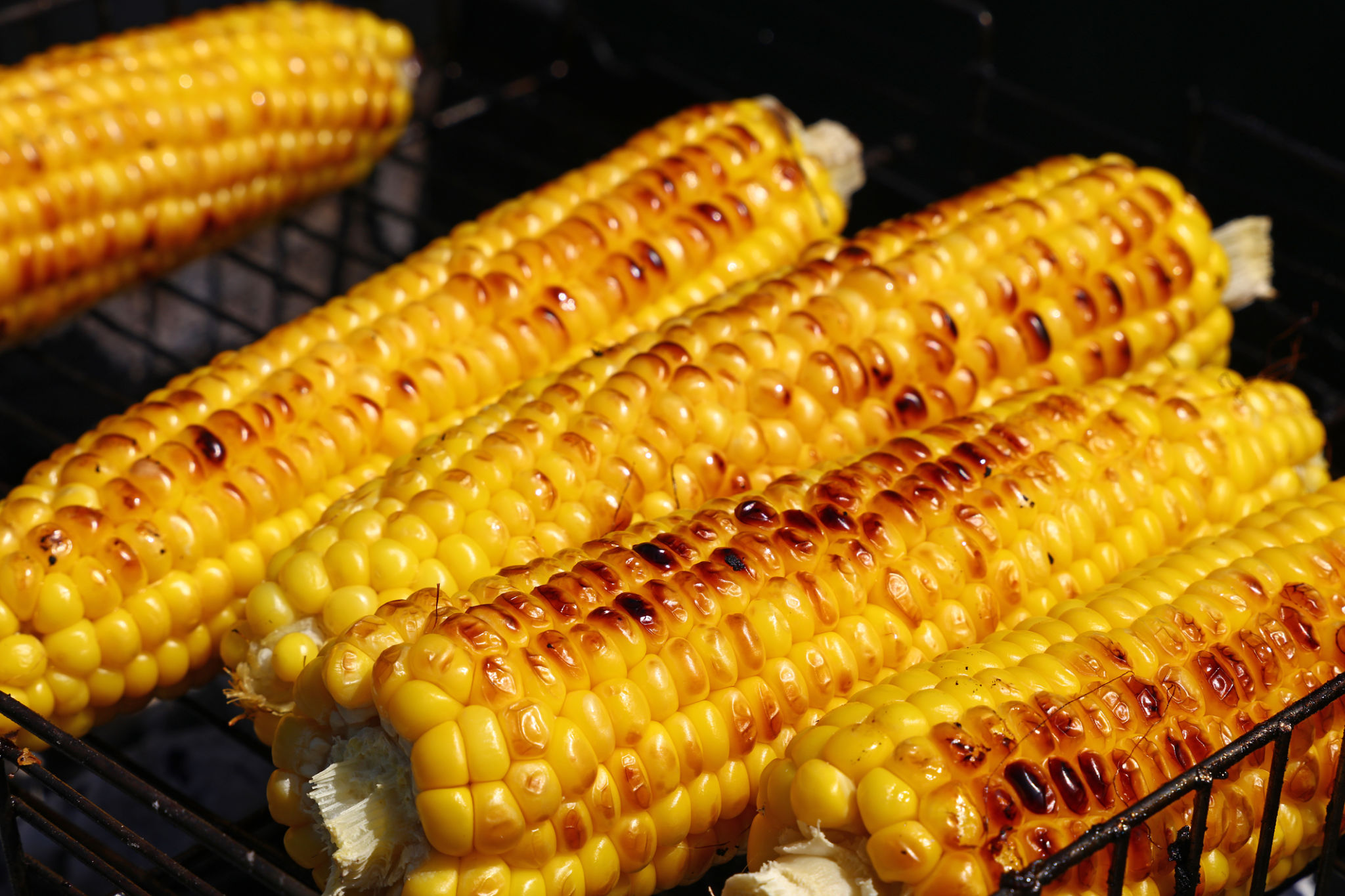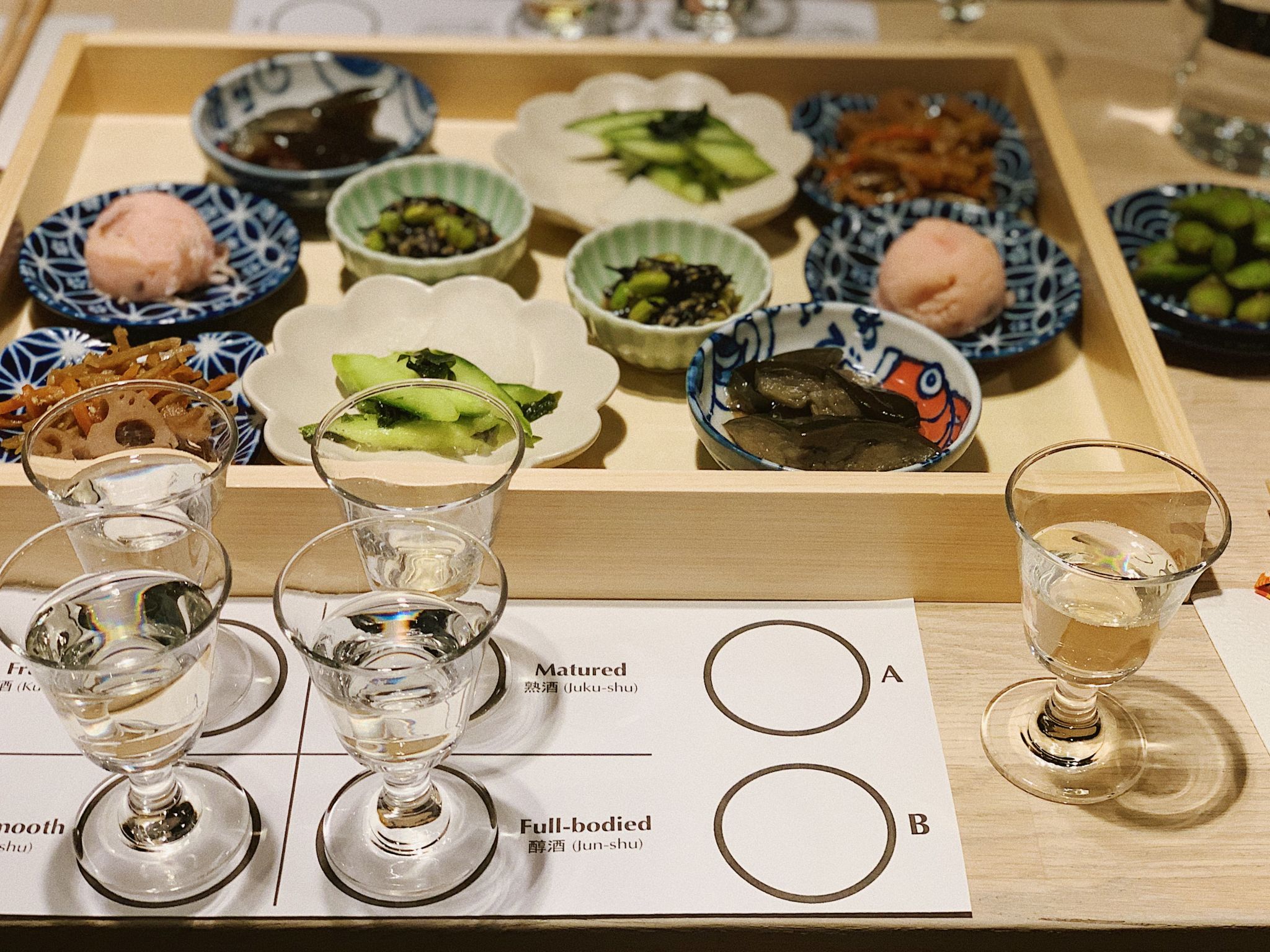The Ultimate Guide to Pairing Japanese Sake with Your Meal
Understanding the Basics of Sake
Japanese sake, often referred to as nihonshu, is a versatile and sophisticated beverage made from fermented rice. With a rich history spanning over a thousand years, sake has evolved into a drink that complements a variety of dishes. It's important to note that sake is not rice wine, but rather a unique beverage with its own brewing process.
Sake's flavor profile can range from sweet to dry, with varying levels of acidity and umami. This diversity allows it to pair well with many different types of cuisine, enhancing the dining experience. Understanding the basic types of sake can help you make informed pairing choices.

Types of Sake
There are several categories of sake, each with distinct characteristics. Some of the most common types include:
- Junmai: Pure rice sake with no added alcohol, offering a full-bodied taste and higher acidity.
- Honjozo: Sake with a small amount of distilled alcohol added, known for its light and easy-drinking qualities.
- Ginjo: A premium sake made with rice polished to 60% or less of its original size, often fruity and aromatic.
- Daiginjo: An ultra-premium sake with rice polished to 50% or less, known for its complex flavors and fragrance.
Pairing Sake with Different Cuisines
Pairing sake with food is an art, much like pairing wine with meals. The key is to find a balance where both the meal and the sake enhance each other. Here are some general guidelines:
Sushi and Sashimi: Light and delicate nigiri or sashimi pair wonderfully with ginjo or daiginjo sake, which complement the subtle flavors without overpowering them. A slightly dry junmai can also work well with richer fish like tuna or salmon.

Sake with Tempura
The crispy texture and savory taste of tempura call for a sake that can cleanse the palate. Honjozo or junmai are excellent choices as their slight acidity cuts through the oiliness and refreshes your taste buds between bites.
Sake with Grilled Dishes
Grilled foods, such as yakitori or teriyaki dishes, often have deep, savory flavors. Pair these dishes with a robust junmai or a slightly chilled ginjo to highlight the caramelized notes and enhance the overall flavor profile.

Experimenting with Fusion Cuisine
Sake isn't limited to traditional Japanese dishes; it can also be paired with non-Japanese cuisine. For example, a fruity daiginjo could complement a spicy Thai curry by balancing out the heat, while a dry junmai may be a surprising match for creamy Italian pasta dishes.
The versatility of sake means there are no strict rules when it comes to pairing. Feel free to experiment and discover combinations that please your palate.
Serving and Tasting Tips
Sake can be enjoyed at various temperatures, from chilled to warm. Generally, premium sakes like ginjo and daiginjo are best served chilled to preserve their delicate aromas, while junmai and honjozo can be tried at room temperature or slightly warmed to bring out their richer flavors.

When tasting sake, take a moment to appreciate its aroma before sipping. Notice the texture and how it interacts with your meal. With practice, you'll find that pairing sake with food enhances both the drink and the dish.
Conclusion
The world of sake offers endless opportunities for exploration and enjoyment. Whether you're a seasoned enthusiast or just beginning your journey into sake pairings, remember that the ultimate goal is to enhance your dining experience. Embrace the diversity of sake and let your taste buds lead the way.
